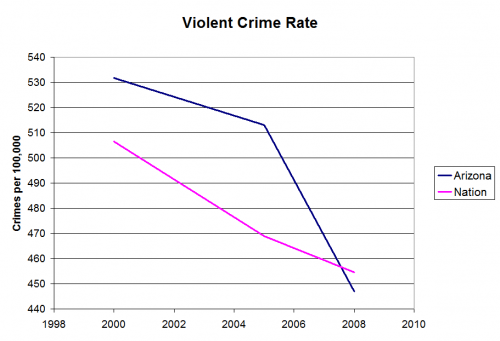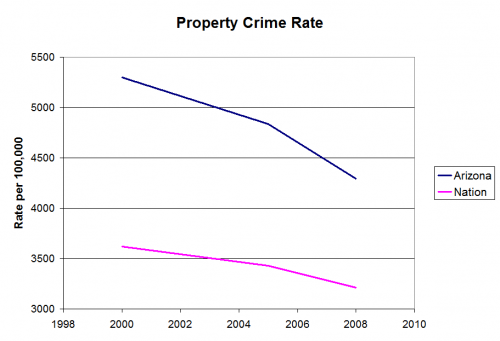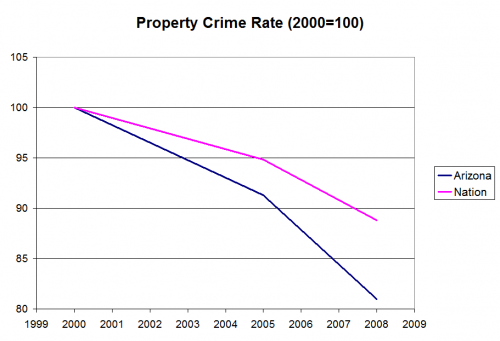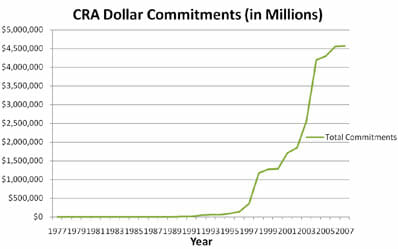Straight From the Insatiable Statist Playbook
University of Arizona President Robert Shelton absolutely berates the state legislature as a bunch of Neanderthals for slashing his budget:
During this period, we have seen our state appropriation cut by nearly one-quarter, going from approximately $440 million to $340 million. The impact of these cuts has been amplified because they have come at a time when we have been asked to grow our enrollment substantially, and indeed we have done just that, setting records for enrollment in each of the past four years.
So the sound bite for this year is that we are being asked by the state to do much, much more, while being given much, much less....
The sad thing, though, with some of these legislators is that they have no idea how much they risk our state's future (and the quality of life for people who live here) when they try to lay waste to the single greatest engine of economic mobility that has ever been created. Because that's what public higher education in this country is.
Here he gets over the top -- look at the words he uses for the state legislature
When malevolent people talk about wanting to dismantle and destroy great universities, all they achieve is dire consequences for the human condition.
I am sure for the children shows up in there somewhere. But is he right. Well, technically, the legislature did cut his general fund appropriation. But then they gave it back to him, and more, in different budget categories. As it turns out, Shelton is being unbelievably disingenuous about this, and only the fact that most of his students went to public high schools and therefore can't do math lets him get away with such an address. Greg Patterson tracks down the facts:
I contacted the Joint Legislative Budget Committee and asked for UA's total funding.Here's the response:
Mr. Patterson
UA's originally enacted FY 2008 General Fund appropriation was $362.4 million, and their current year (FY 2011) General Fund appropriation is $271.3 million, which is a decrease of $(91.1) million.
UA was appropriated $117.7 million in Other Appropriated Funds in FY 2008 and $219.3 million in the current year, which is an increase of $101.6 million.
UA's Non-Appropriated and Federal Funds budget was $786.7 million in FY 2008 and $911.3 million in FY 2011, which is an increase of $124.6 million.
In total, UA's FY 2008 budget was $1,266.8 million and their FY 2011 budget was $1,401.9 million, which is a total increase of $135.1 million.
So the University of Arizona's total budget has increased by $135.1 million--over 10%--during the period in which the "malevolent" state leaders have been "slashing" the funding.
Unbelievable. I am so sick of statists crying budget cut when in fact their budgets are increasing. Mr. Shelton goes on for thousands of words of drivel about the poor state of public discourse in Arizona while simultaneously dropping this turd in the punch bowl. How is public discourse supposed to improve when the president of one of our two state universities is spewing out what he must know are outright fabrications and misrepresentations. Pathetic.



